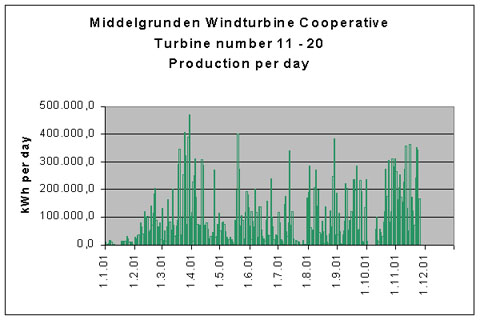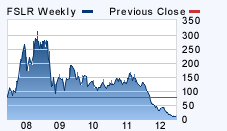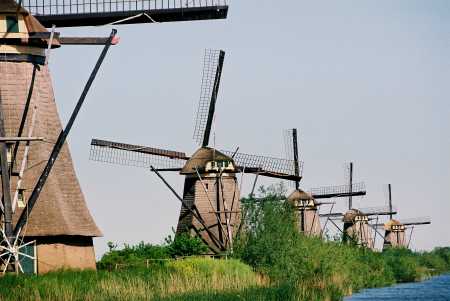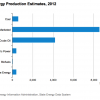SixFoot
Get off my lawn!
- Sep 4, 2014
- 1,629
- 665
- 1,030
- Thread starter
- #21
Personally I think wasting our open spaces on solar farms is not only too expensive but it is unnecessary.
We have tens if not hundreds of thousands of acres in the form of south and southwest facing rooftops that we are leaving unused.
Why not exploit this unused space before we ugly up our landscapes with solar and wind farms?
In the OP, I was speaking more specifically about using our exposed water canals for solar use, but I agree that rooftops are another great option.







